18 Articles
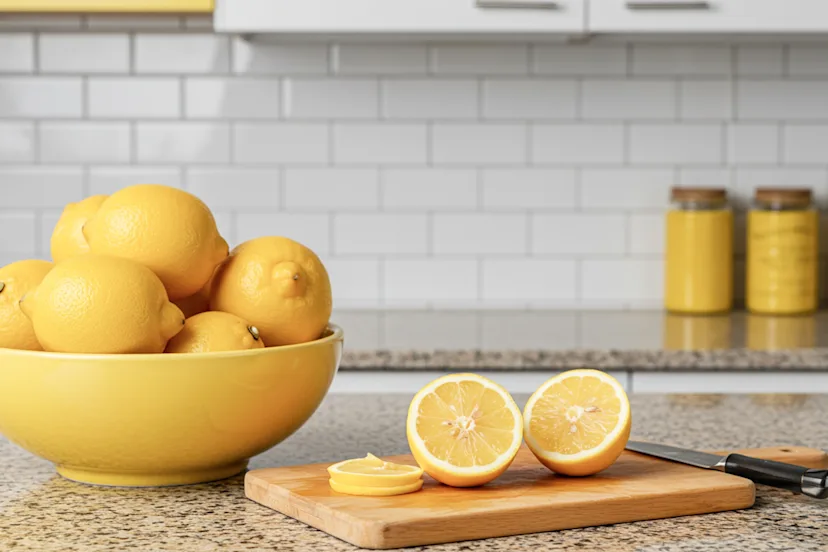

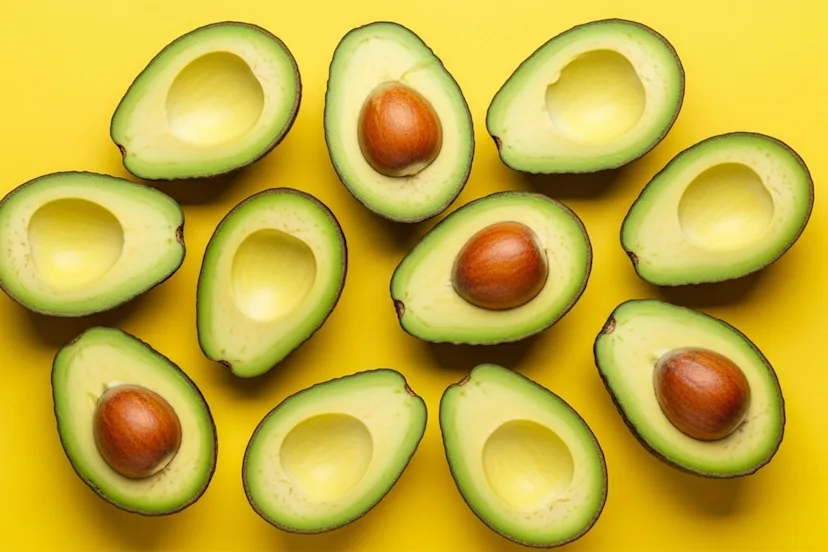


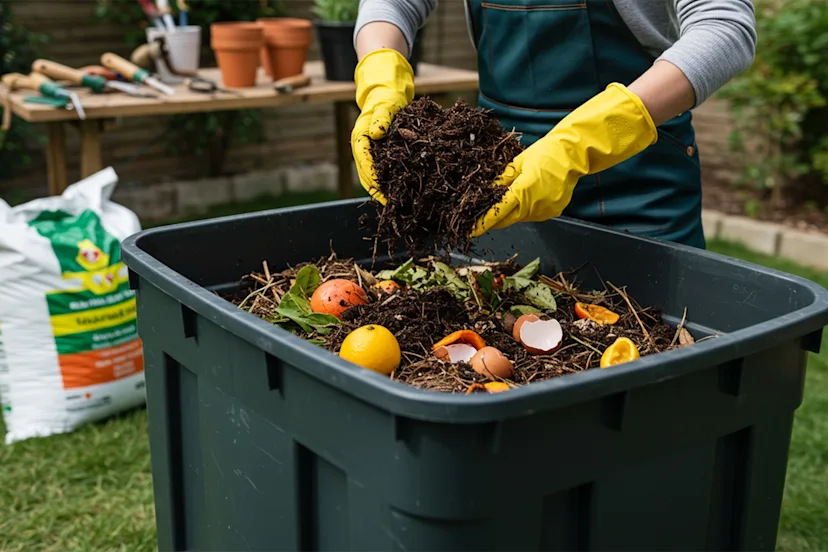
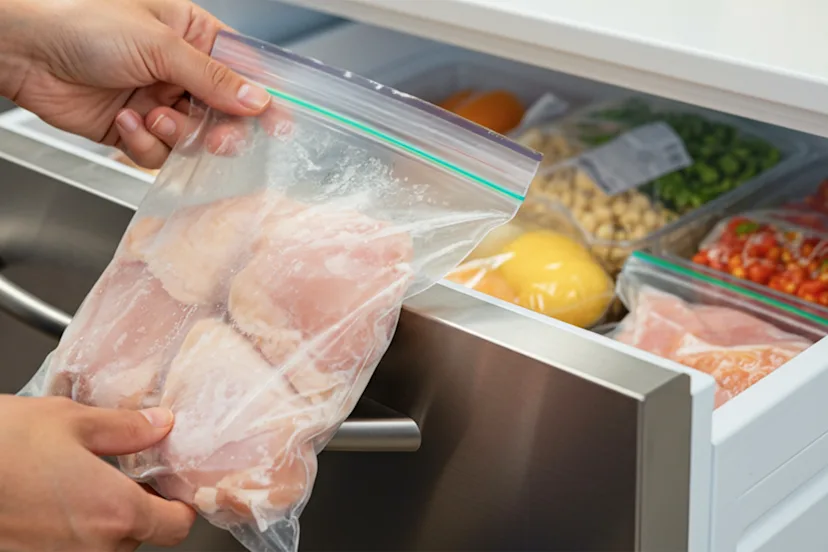


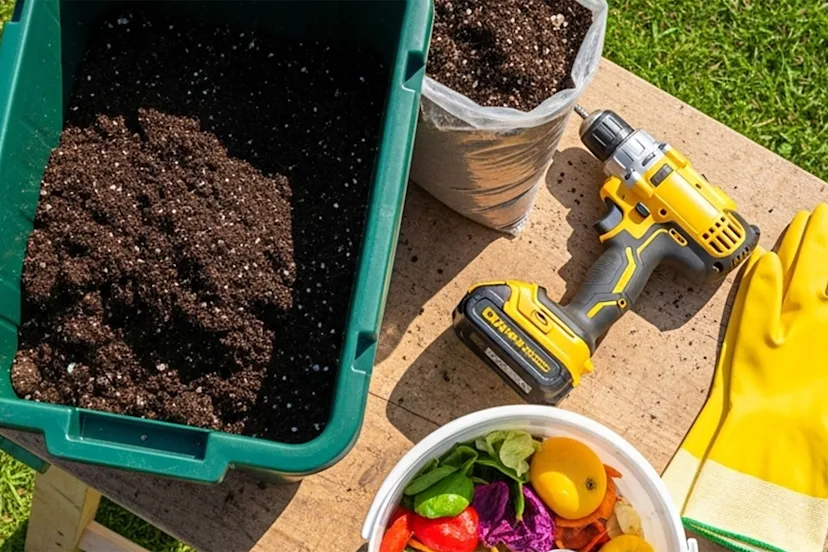

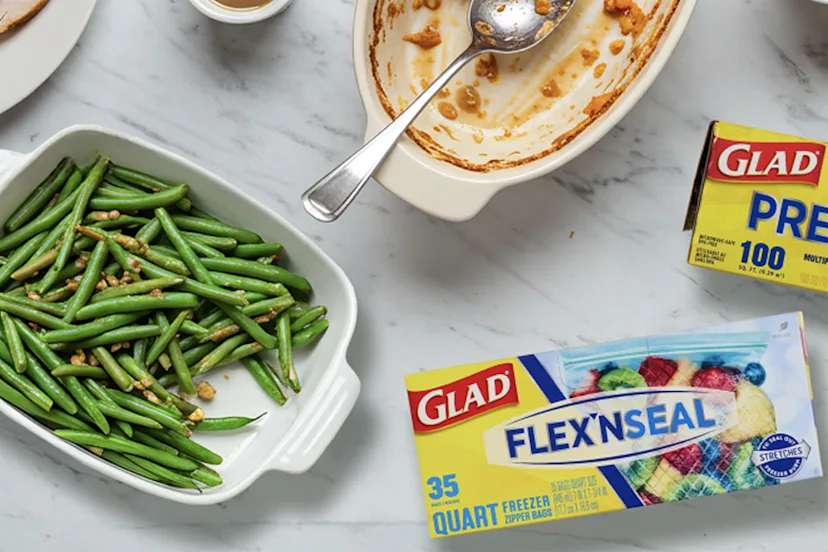




How Long Does Cooked Chicken Last in the Fridge or Freezer?

How to Store and Freeze Lemons to Last

How to Store Fresh Basil

How to Store Avocados Once They’re Ripe

How Long Does Turkey Last in the Fridge or Freezer?

How long do hard boiled eggs last in the fridge?

How to Compost in 3 Steps

How Long Does Chicken Last in the Fridge or Freezer?

How to Make Yard Maintenance and Yard Waste Clean Up More Manageable

How to Declutter Your Home Without the Hassle

How to Make a Compost Bin

How to Freeze and Store Potato Salad

How to Freeze and Store Green Beans

How to Freeze and Store Cheese

How Long is Pasta Sauce Good For in the Fridge?

How to Store Carrots and Make Them Last











